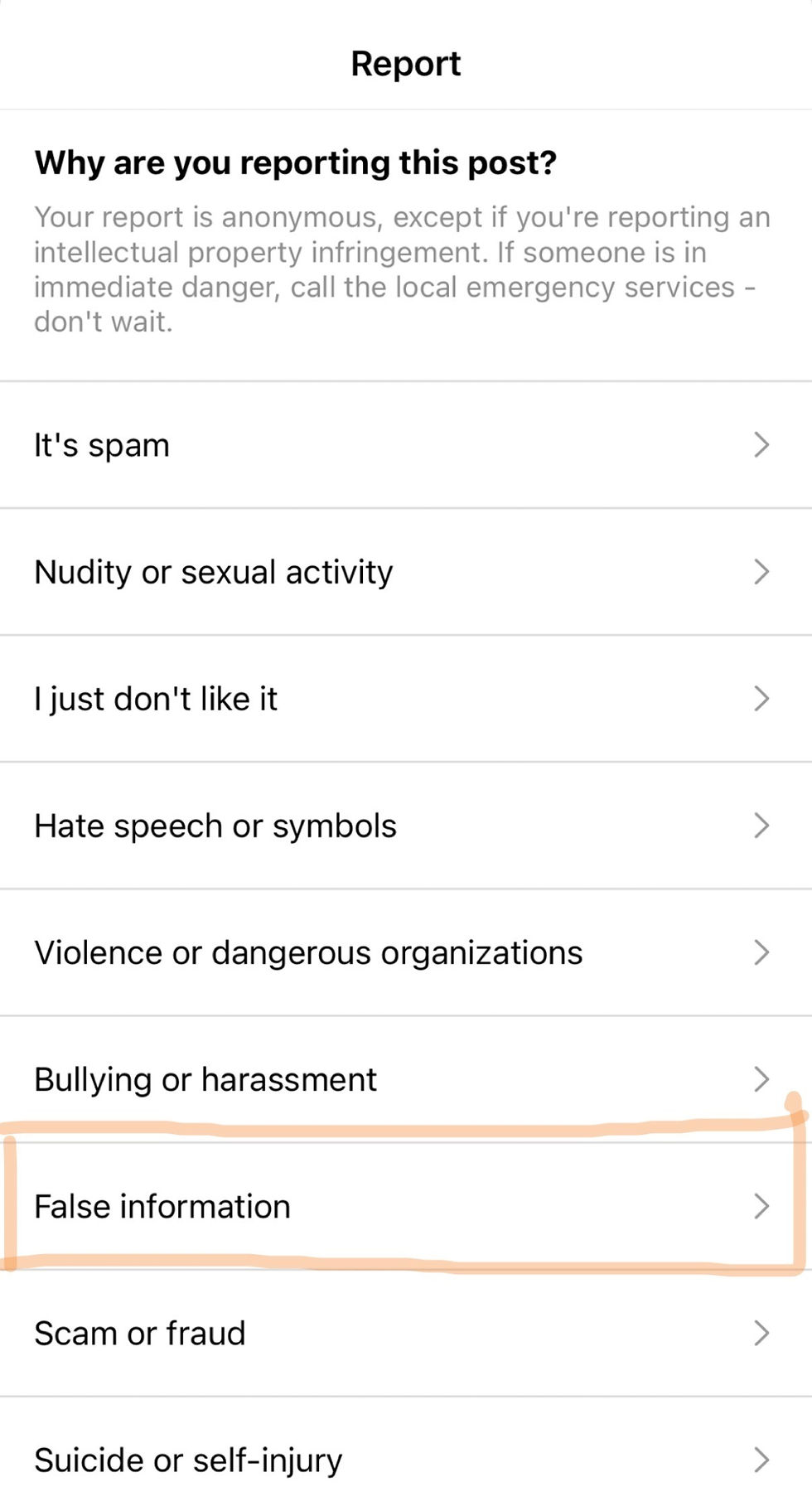Fake News, Disinformation and Misinformation— Identifying Each in a Post-truth World
- Maia Noah

- Apr 8, 2022
- 3 min read
What is Fake News?
The definition of fake news is one that is critical to understand. As "Mobile and Social Media Journalism: A Practical Guide for Multimedia Journalism" states, fake news is the fabrication of false information shared publicly with the purpose of misleading people. Fake news is shared on purpose, consciously aware of the inaccuracy of the information.
Fake news is not equivalent to unintentional mistakes by journalists that are shared in the course of their reporting. These mistakes are problematic, but they do not fit under the definition of fake news, as they are unintentional. Furthermore, these mistakes made by journalists are often corrected publicly, additionally indicating why these unintentional errors differ from fake news. When someone shares fake news they never willingly correct their falsifications publicly.
The Role of Tech Companies
During and following the 2016 Presidential election, pressure on companies like Facebook, Twitter and Google began to expand. Fake election news stories were garnering higher engagement than major news outlets such as The Washington Post, The New York Times and NBC News.
These tech companies began to face criticism from a vast portion of the public for not taking action to curb misinformation and disinformation sooner. With this spread of fake content also came a widespread discussion about what the role of tech companies should really be when it comes to curbing the spread of this information.
To what extent should they act as gatekeepers?
Social media companies have responded with content management strategies that focus on allowing users to flag questionable content. Facebook has partnered with third-party
fact-checking organizations to pull out and review false content.

Report false information feature on Instagram
However, this problem expands past content management. The solution is not this simple. Fake news works in a manner that successfully takes advantage of how social media systems work both financially and algorithmically.
These companies and search engines in general need to work to have their algorithms favor articles and information that is accurate news. Right now, these companies and their algorithms simply tend to favor articles that are shared and clicked the most. This is the main issue.
Furthermore, when it comes to financial incentives, it is critical that these companies work to cut off these incentives, as they are critical to dismantle the structurally flawed system that allows for fake information to spread so rampantly.
Also— ads on social media sites are a huge part of the problem. Technology companies have begun making efforts to reduce ads that are misleading. Twitter for example has barred most political ads. With the barring of these types of ads, this could also help minimize the spread of the disinformation that they oftentimes include. This is a good start.
Are Tech Companies to Blame for Misinformation and Disinformation?
First off, it is important to be able to decipher between what misinformation is and what disinformation is.
Misinformation refers to information that is false or inaccurate. It is spread widely with the public—regardless of an intent to deceive.
On the other hand, disinformation is a type of misinformation that is essentially created to be deceptive.
In my opinion, no one entity is to blame for misinformation and disinformation. Tech companies should assume a role like a gatekeeper, weeding out fake information in the ways I stated above. The public should not be complicit in sharing fake information and journalists should constantly be fact checking their own work.
The Role of Journalists
The role of journalists in combating misinformation and disinformation is one that is critical, standing at the center of this fight.
The rise of fake news in particular has pushed journalists to take a moment and self reflect. Journalists should remember that their role and responsibility is to report truthful information to the public. Further, they should also remember that they have a responsibility to act as the Fourth Estate, or a check on those who are most powerful.
Here are some steps journalists and the industry of journalism as a whole should take to combat the spread of false information online:
educate the public about the fundamental role journalism plays in society
journalists should do a better job at explaining with the public the process of professional reporting (including fact-checking and verifying processes)
collaborations between journalists and educators
newsrooms need to place emphasis on explicit guidelines for fact-checking and verifying
Steps to Combat the Spread of Misinformation and Disinformation
No one person, company, organization, etc. can solve the issue of misinformation alone. Combating fake content requires a many-sided approach that includes the work and efforts of technology companies, journalists, educators and the public.
everyone most hold themselves accountable in the fight against misinformation and disinformation— citizens must assume their civic responsibility!
actively become media literate— educators should make this one of their priorities!
support investigative journalism and trusted, long established news outlets
cut off financial incentives of creating and sharing fake news
tamp down ads on social platforms that are misleading





Comments